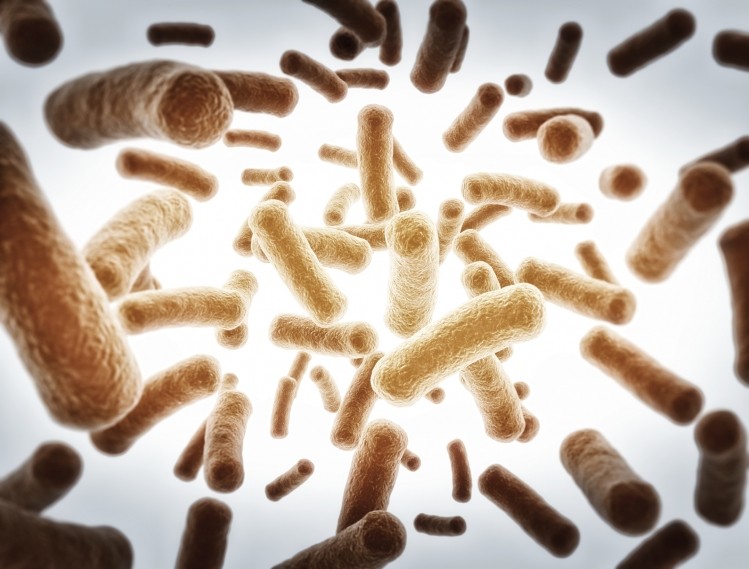IPA recommends expanded grandfathered list for probiotics

This was just one of the many points made by the trade association in their 14-page document submitted to the US Food and Drug Administration in response to the revised New Dietary Ingredient draft guidance issued on August 12, 2016.
IPA welcomed the Master File principle, the abbreviated-notification proposal, and the Agency’s willingness to develop a grandfathered list, albeit with additional recommendations to improve these proposals.
On the grandfathered list, IPA suggests a strain-specific database with an expanded scope “to capture not only pre-DSHEA ingredients but to also consider the established safety of use of bacterial strains that have been marketed in foods and can be generally presumed safe.
“We propose that such a list would be based on those Genera and species that are globally recognized as used historically in foods, and as safe and suitable for continued use in foods. Because all of these species have been used in foods, any new strain derived should be identified unequivocally as within a Genus and species on this list by using whole genome sequencing alignment.”
The comments note that many regulatory and scientific groups around the world have already compiled safety lists, and by adopting a similar approach to a list would make for a more consistent procedure.
‘Conventional food’, ‘in the US’, and GRAS
The IPA comments also discuss the use of the phrase “conventional food” in the NDI notification guidance, noting that the regulation 21 CFR part 190.6 does not use the term ‘conventional’ and so the term should be removed from the NDI guidance.
On the history of presence in the food supply, the association said that the term ‘in the US’ should be removed from the guidance, nothing that DSHEA does not link the presence in the food supply to a specific category, place or date. “… safety of these ingredients is established independently from the place of consumption”, said the IPA in its comments.
As reported earlier this year by NutraIngredients-USA, the 2016 NDI draft guidance omitted the self-affirmed GRAS exclusion to filing an NDIN. “Self-affirmed GRAS is allowed and lawful under the regulation [and] therefore must be considered.”
Chemically altered and manufacturing changes
This is a big one for the probiotics sector. Experts have argued that changes in the fermentation media should not trigger an NDI for probiotics, because the processes are designed to minimize genetic drift. Also, changing the media is a common practice in the historic production of probiotics as producers improve yield or activity, remove allergens from the media, improve stability, and so on. Each fermentation starts with an isolated seed vial that has been purified, is genetically identical to the next seed vial, and has been stored cryogenically.
IPA recommended changing the guidance to read as follows: “… the change in the fermentation will not affect the genetic identity or the safety profile.”
The pathogenic species issue
The August 2016 NDI draft guidance specifically states: “FDA regards all members of a species that contains human pathogens as potentially harmful to human health and, therefore, inappropriate for use as dietary ingredients”, but IPA disagrees with this conclusion.
“IPA does not agree with this conclusion and believes there are scientific ways to distinguish pathogens from non-pathogens members and there are scientific ways to establish a comprehensive safety profile for every member of these particular species and FDA should allow a case by case evaluation,” state the IPA comments.
“Once determined to be safe, this probiotic ingredient must be allowed to be marketed as dietary ingredients/supplements like any other probiotic.”
Best practice guidelines
The IPA comments note that the association and its member companies are working on best practice voluntary guidelines about transparency and consistency, including labeling recommendations, proprietary blends, stability recommendations.
“IPA suggests that FDA take into serious consideration these voluntary best practices because IPA professes to a proactive, transparent probiotic industry sector, differentiating the companies which produce high quality probiotic products.”
















